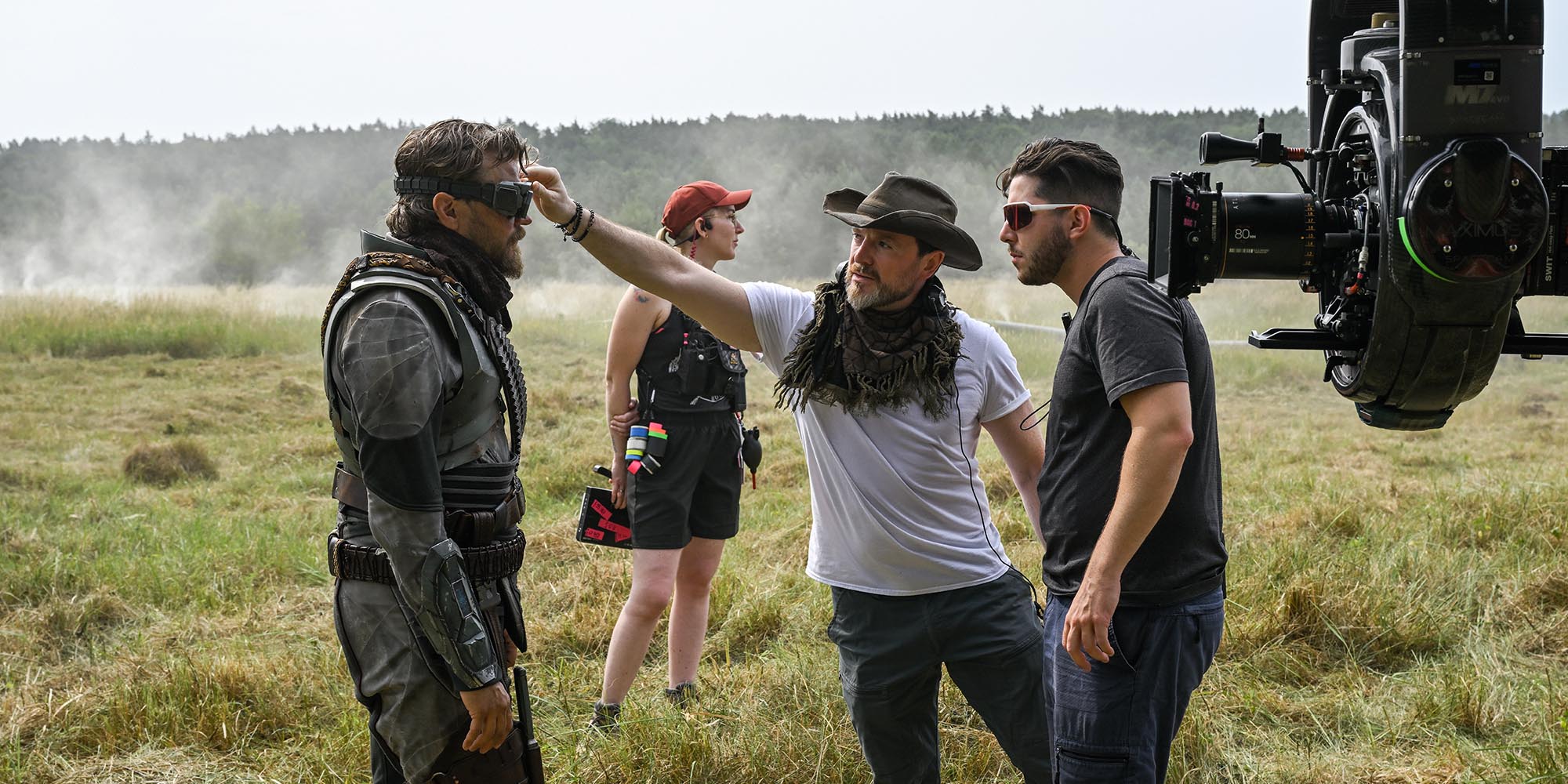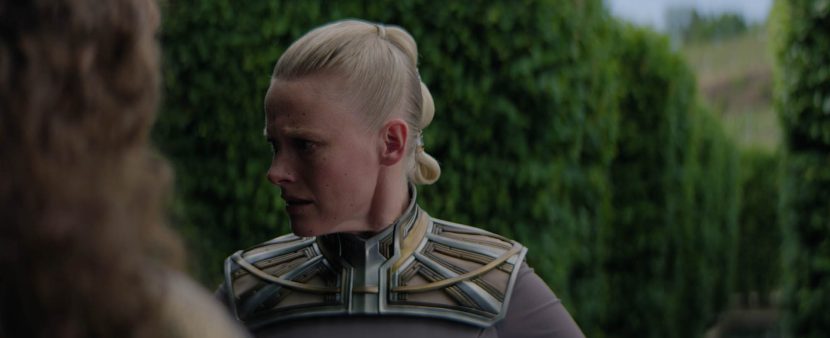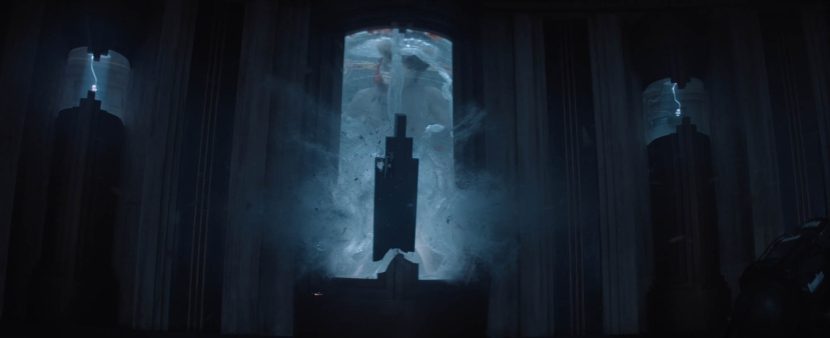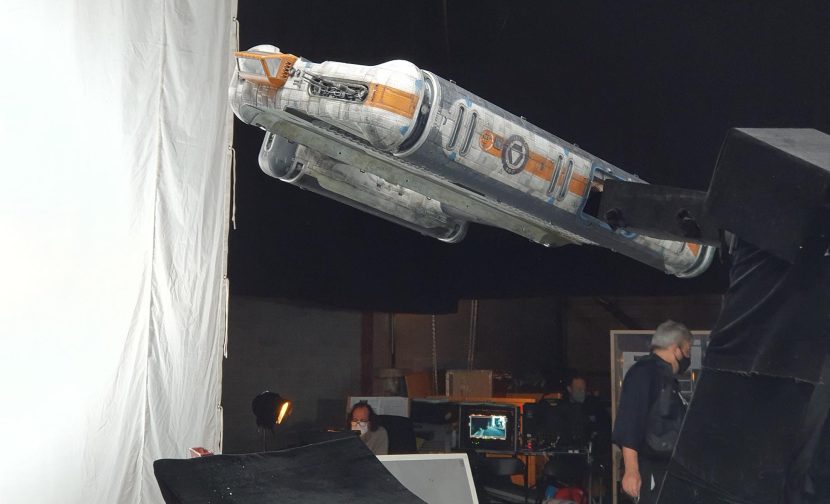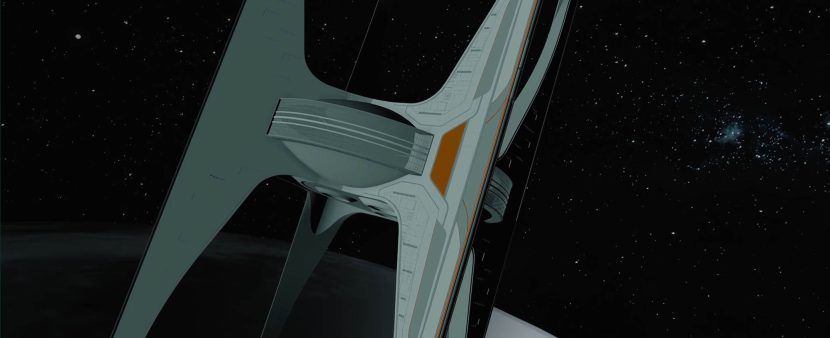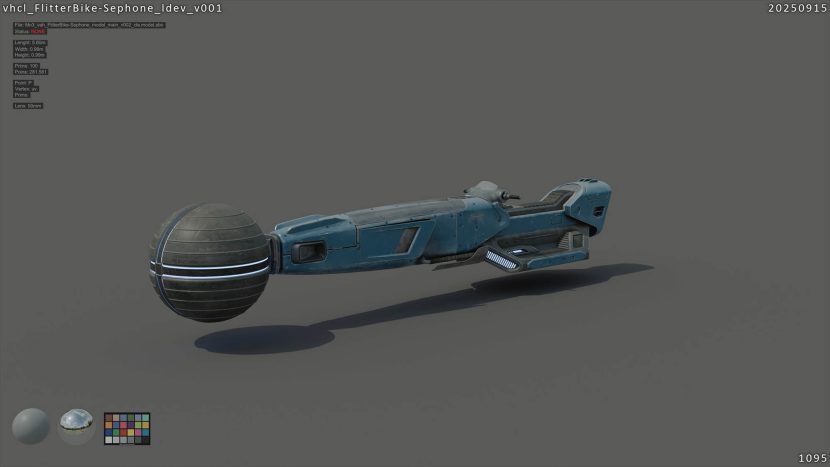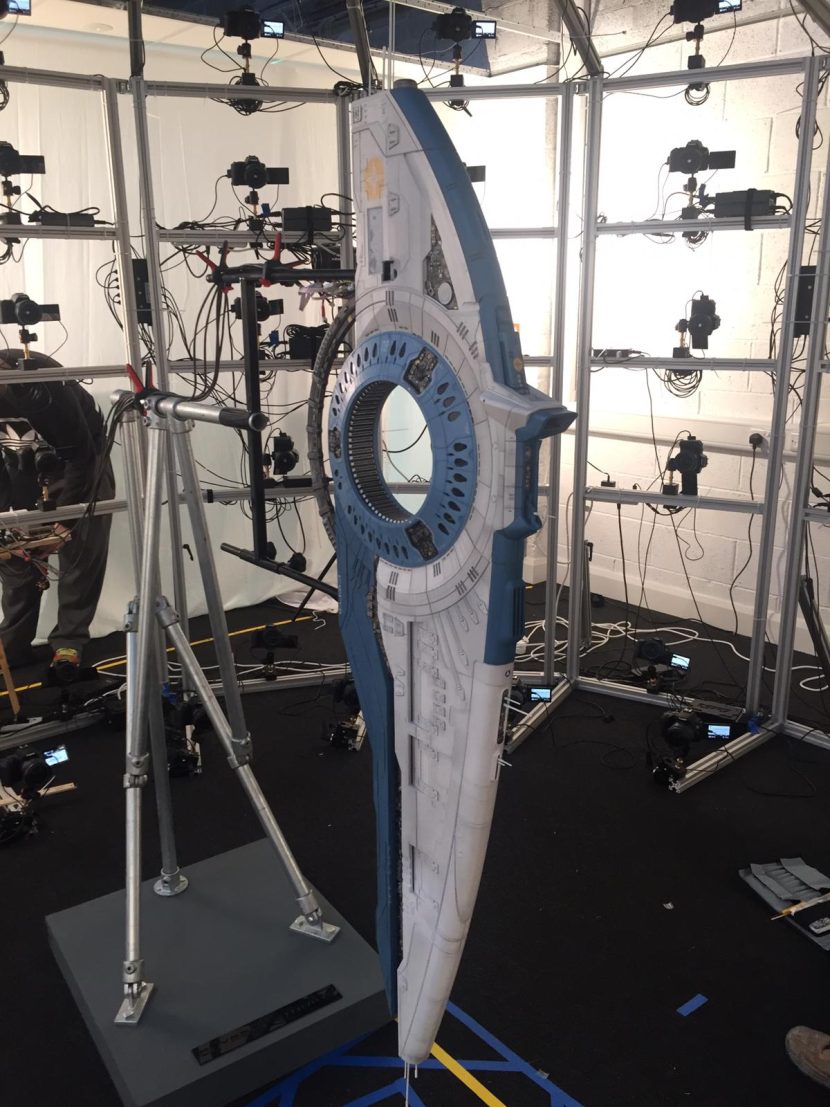Apple TV’s Foundation continues to grow in scale and sophistication, and season 3 marks a significant milestone, both narratively and visually. The long-anticipated arrival of the Mule finally comes to screen, and for VFX Supervisor and Second Unit Director Chris McClean, the entire season represents the culmination of years of creative build-up.
Having waited several seasons (and nearly as many years in production terms) to tackle the Mule, the team approached this season with an unusually high level of visual expectation and creative responsibility.
But the season’s ambition extends far beyond any single character reveal. From spacecraft design to holographic environments, from monumental set extensions to some of the most unsettling practical-CG hybrid effects the show has ever attempted, season 3 delivers some of the strongest production value in the series’ history. The work reflects a combination of early conceptual planning, refined on-set methodologies, and a deeply collaborative pipeline across multiple VFX vendors.
Demerzel’s transformations
This season places Demerzel (Laura Birn) in a remarkably broad spectrum of VFX-driven moments. The character undergoes everything from controlled head separations to staged skin burn-offs, mechanical facial transitions, and layered robotic reveals—each requiring bespoke solutions from the VFX teams. Practical elements, digital doubles, finely sculpted robotic interiors, and precision compositing all converge to sustain the illusion of a complex cybernetic being whose humanity and machine components coexist uneasily beneath the surface.

The garden maze and the art of the seamless extension
The Prague palace maze, where Demerzel reveals her robot self, provided one of the most graceful environments of season 3. The production had three or four physical rings of the maze; everything beyond was VFX.
The heartbreak of Demerzel
Demerzel’s death sequence—emotionally gutting and technically intricate—used a blend of practical performance, digital enhancement, and full-CG transitions.
Actor Laura Birn performed much of the action in a black leotard once the costume burn-off began. Outpost completed the delicate hand grab, the dust effects, and the transformation from human façade to mechanical interior.
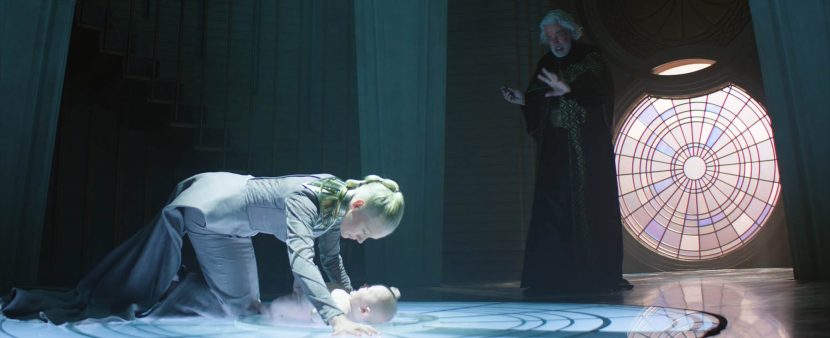
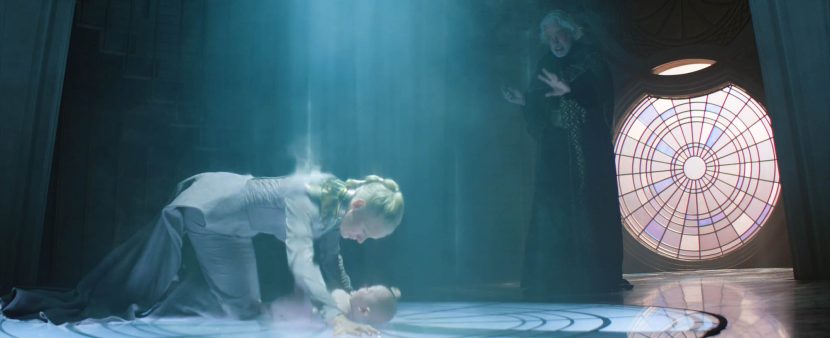
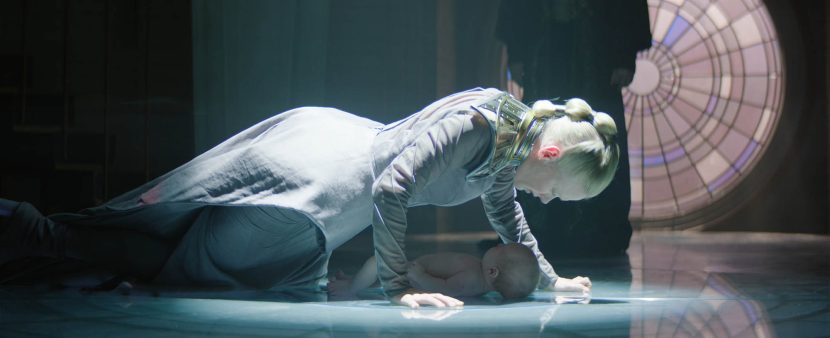
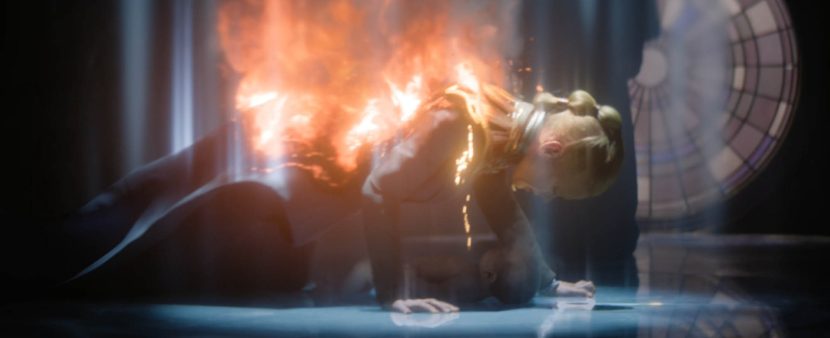
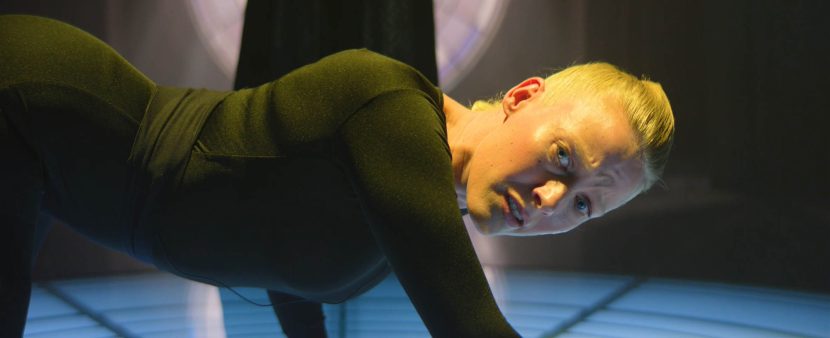
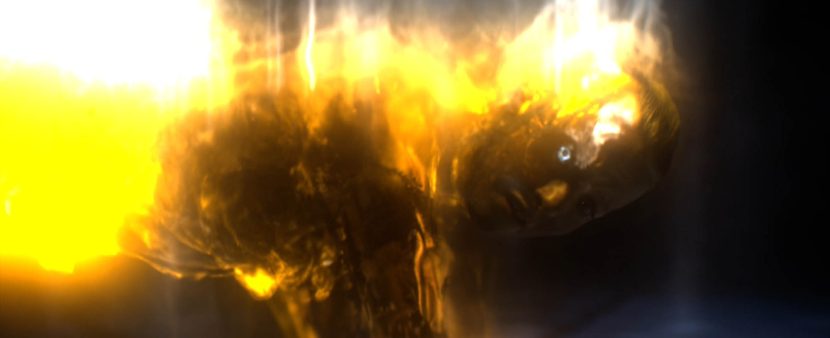 Demerzel’s harrowing death sequence required a carefully orchestrated transition from human performance to full-CG robotic form. The actor performed in costume up to the point of narrative burn-off, after which shooting continued with a black leotard to facilitate clean replacement. VFX teams then layered robotic components, digital muscle behaviour, facial transitions, and final compositing to complete the transformation.
Demerzel’s harrowing death sequence required a carefully orchestrated transition from human performance to full-CG robotic form. The actor performed in costume up to the point of narrative burn-off, after which shooting continued with a black leotard to facilitate clean replacement. VFX teams then layered robotic components, digital muscle behaviour, facial transitions, and final compositing to complete the transformation.
Buckets of bodies: the clone-tank carnage
One of the season’s most shocking moments involves the destruction of the clone tanks. As grotesque as it appears on screen, the making-of was equal parts technical artistry and dark humour.
The team used Phantom high-speed cameras, splash boxes, and practical half-bodies rigged with squibs. The scene was extended with FEM simulations, additional bodies, and water interaction.
As you can hear in this episode of the fxpodcast, McClean and the team also quietly replaced all cracked plexiglass on the tanks, because production’s X-acto knife cracks looked like ‘Looney Tunes cartoon’ glass.
Spaceships built from donuts and uprights
The show introduced several new ships and stations this season—remarkably fresh at a time when the design vocabulary of science-fiction vessels is almost saturated. The team used both models and fully CG craft.
McClean credits Production Designer Rory Cheyne for starting designs that the VFX team then carried the final 25–30 percent.

 “Rory (Cheyne) spends a lot of time looking at simple shapes and extrapolating. This season it was donuts, football uprights, and O’Neill cylinders,” Chris explains, pointing to the various real world inspiration the production used to produce the new designs.
“Rory (Cheyne) spends a lot of time looking at simple shapes and extrapolating. This season it was donuts, football uprights, and O’Neill cylinders,” Chris explains, pointing to the various real world inspiration the production used to produce the new designs.
Designs were completed early, with previs, 3D motion studies, and even augmented-reality iPad scouting allowing directors and camera operators to “see” ships on set before they existed.
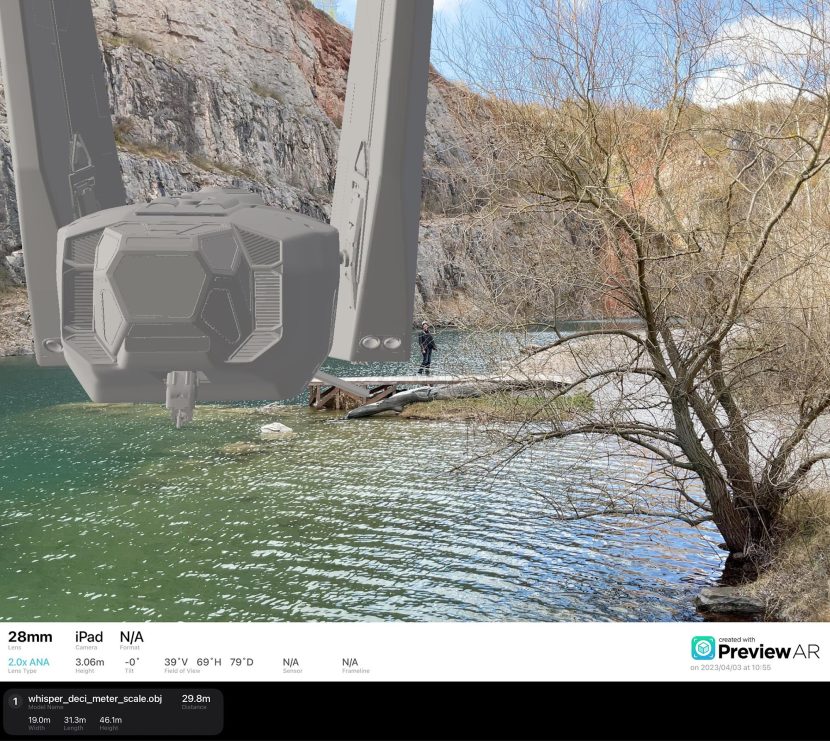
The speeder-bike sun-chase: 44 setups became 112
One of season 3’s most dynamic sequences is the speeder-bike race to beat the rising sun. Originally planned for virtual production, it ultimately became a practical-meets-CG hybrid, shot on a grey screen stage using hydraulic bikes, Ritter fans, and extremely neutral lighting to allow maximum relighting in post.
McClean directed the second unit, and on the fxpodcast he paints a picture of barely controlled mayhem:
“We originally wanted six days to shoot it. We had two and a half. We planned 44 setups. We ended up shooting 112.”
Two camera teams shot almost continuously, with the carefully choreographed action blocked “around the horn” of the bike rigs.
Lighting was everything: the actors needed to look convincingly burned when in full sun, and safely shadowed when racing ahead of the light. Shooting grey-screen gave compositors the flexibility to push contrast and edge light precisely.
Looking ahead
Season 3 brings Asimov’s world to life with a level of craft that combines classical filmmaking discipline with cutting-edge digital artistry. Ship design, character performance, and spectacle never overshadow the emotional core—and even the most surreal sequences feel grounded in physical rules.
Season 4 remains a mystery, but if this year is any indication, the Foundation VFX team will continue pushing the boundaries of sci-fi storytelling.

